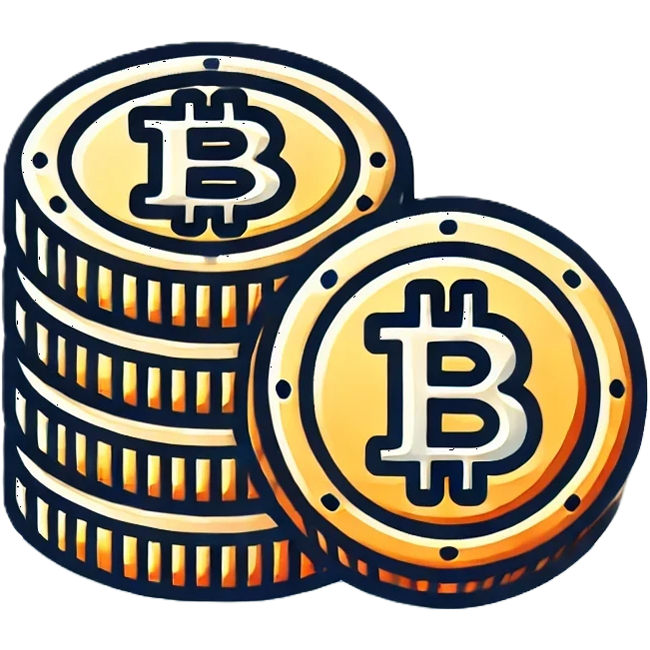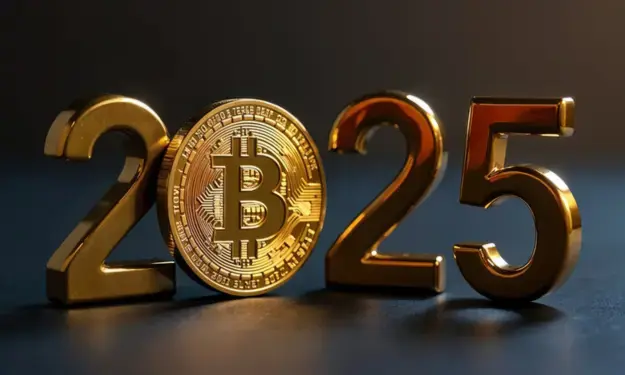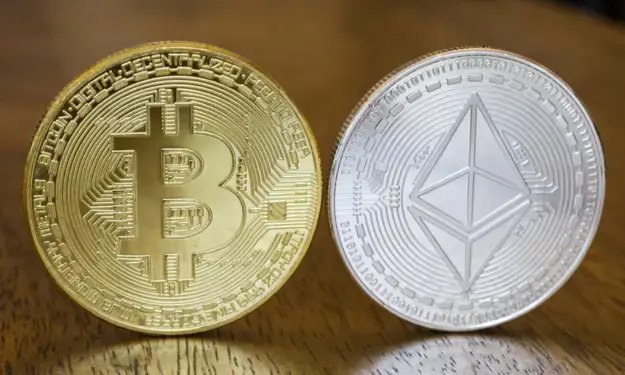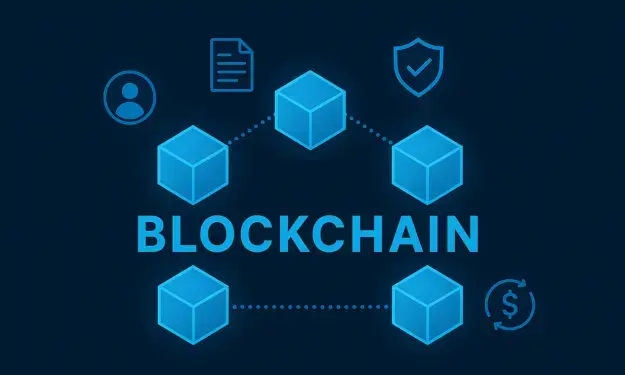Publication date: December 19, 2024
Litecoin (LTC), launched in 2011, began as a faster and cheaper version of Bitcoin. Despite its humble beginnings, Litecoin has developed into one of the best-known and most established cryptocurrencies. It stands out for its fast transaction times, low costs, and ongoing technological improvements, such as the recent implementation of MimbleWimble for greater privacy and scalability. Litecoin has a large and active community of users and developers and continues to be a major player in the world of digital currencies.

How does Litecoin work?
Litecoin is a decentralized digital currency based on blockchain technology. It was created in 2011 by Charlie Lee, a former Google employee, to enable faster and cheaper transactions than Bitcoin. Litecoin uses the proof-of-work (PoW) consensus mechanism and employs the script algorithm for mining, which was initially intended to make mining more accessible to individuals with standard hardware. Transactions are processed on average every 2.5 minutes, which is faster than Bitcoin's 10 minutes. Litecoin's total supply is limited to 84 million coins, four times Bitcoin's maximum.
History of Litecoin
Litecoin was launched on Oct. 13, 2011, as a "light" version of Bitcoin, with some technical modifications to achieve faster transactions and a more efficient mining process. Over the years, Litecoin has gone through several developments, including the integration of Segregated Witness (SegWit) in 2017 and the activation of the Lightning Network, which allows for faster and cheaper transactions. In May 2022, the MimbleWimble Extension Blocks (MWEB) upgrade was activated, giving users the option to send confidential transactions where the transaction amount is known only to the sender and receiver.
Recent developments
In October 2024, Litecoin reached a transaction volume of $35.4 billion, the highest since May 2023, partly due to rumors of a possible U.S. Exchange Traded Fund (ETF) for Litecoin. Canary Capital has made moves toward the first spot Litecoin ETF in the U.S., which would give institutional investors access to LTC.
Price development for Litecoin
Litecoin has reached much higher prices than its current value during previous peaks in its history. In late 2017, the cryptocurrency reached a record price of nearly $360, driven by explosive growth in the crypto market. In 2021, Litecoin managed to approach this level again but failed to hold this value. This highlights Litecoin's strong volatility and raises the question of whether such highs are feasible again in the future. The chart below illustrates the massive price movements Litecoin has experienced in recent years.
.webp?width=602&height=402&name=LTC_All_graph_coinmarketcap%20(1).webp)
Despite this, the Litecoin (LTC) price has experienced an impressive rise over the past month and a half. In early November, the price stood around $70 per token, but within four weeks it soared to more than $130, representing an increase of nearly 100%. This rise reflects Litecoin's growing recognition as a reliable and efficient digital currency.
This positive trend is largely attributed to technological improvements such as the MimbleWimble Extension Blocks (MWEB), which improve both privacy and scalability. Also of great interest is the prospect of a possible U.S. Exchange Traded Fund (ETF) for Litecoin. This would provide institutional investors with easier access to LTC and has increased demand for the cryptocurrency.
With these developments, Litecoin has attracted the attention of not only retail investors but also institutional parties, which has contributed to its recent price rise. While Litecoin's success remains dependent on the broader growth of the crypto market, the recent price development highlights Litecoin's potential to continue to play an important role in the world of digital currencies and decentralized technologies.
The chart below shows Litecoin's price movement since early November. We notice a gradual rise in the coin, with some outliers in early December. After reaching its peak in the past two months, the price is now falling significantly again. This confirms the high volatility of this cryptocurrency, making it both an interesting and risky investment.

What could drive up the price of Litecoin?
1. Adoption by users: An increase in the use of Litecoin for transactions and payments may increase demand and thus the price.
2. Institutional investment: The introduction of a Litecoin ETF may attract institutional investors, which could have a positive impact on the price.
3. Technology upgrades: Enhancements such as the MWEB upgrade increase Litecoin's privacy and functionality, which may increase its appeal.
Improvements such as the MWEB upgrade increase Litecoin's privacy and functionality, which may increase its appeal.

.svg)

.webp?width=602&height=402&name=LTC_All_graph_coinmarketcap%20(1).webp)









